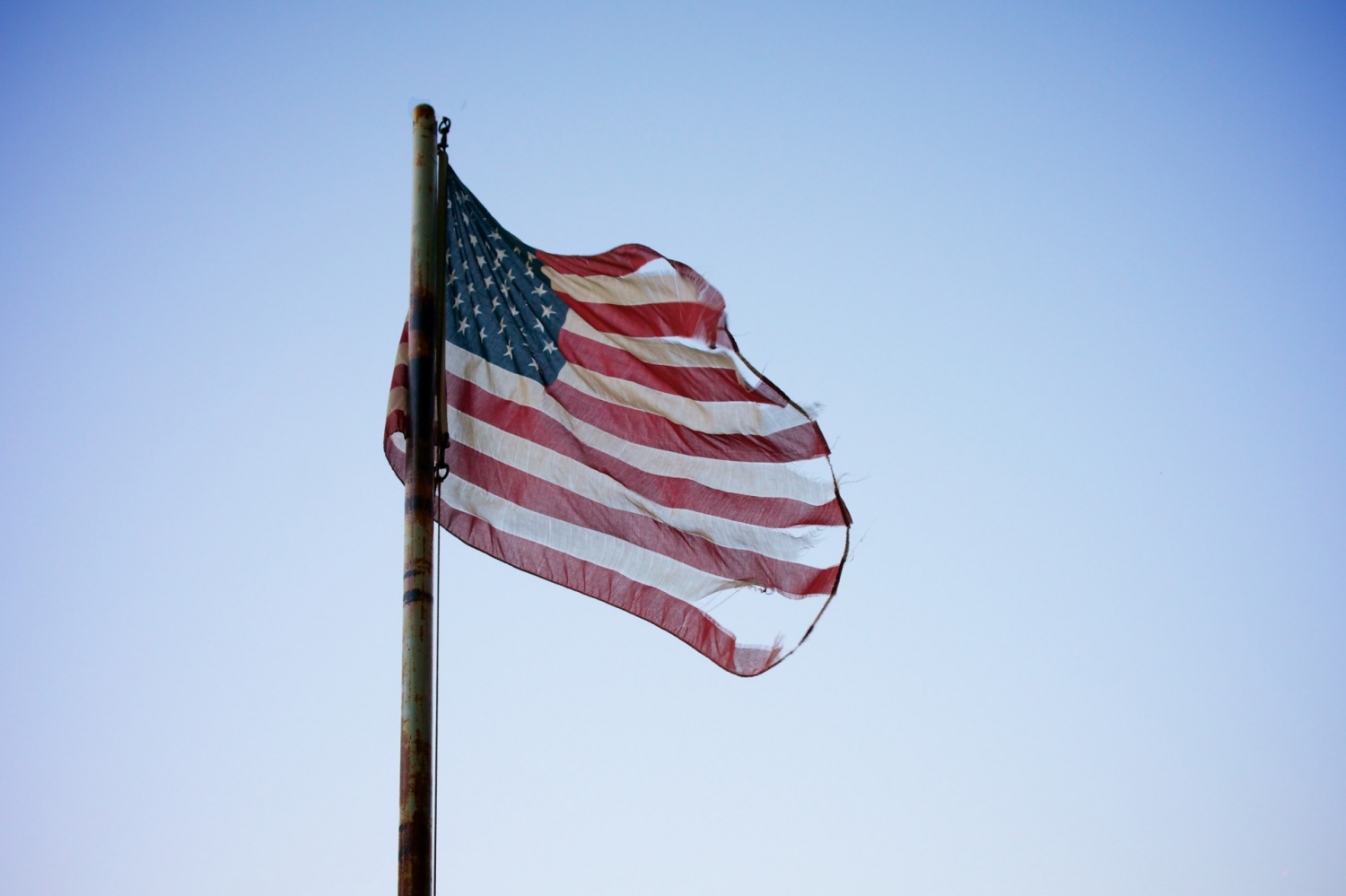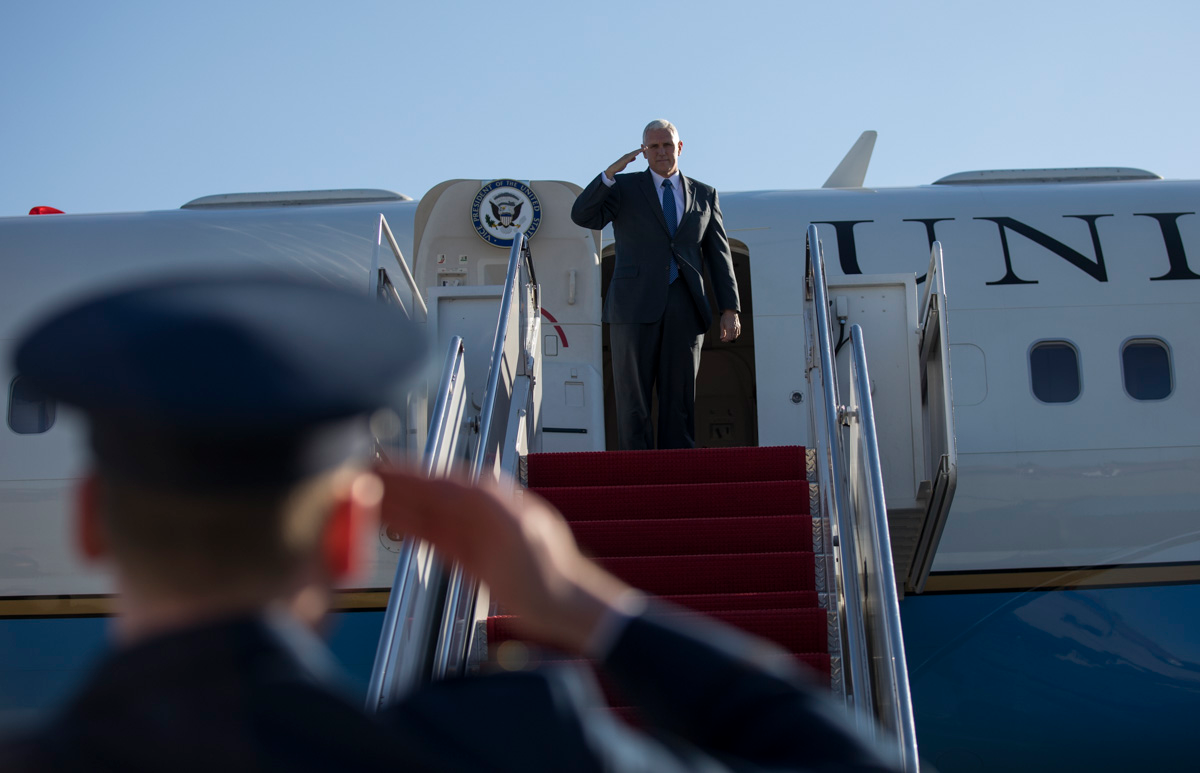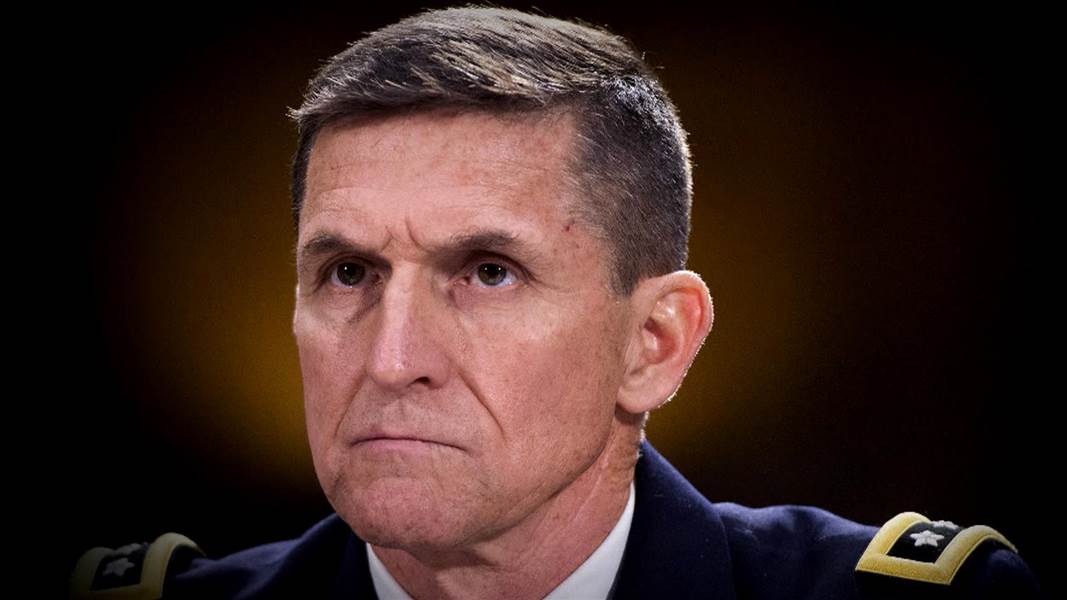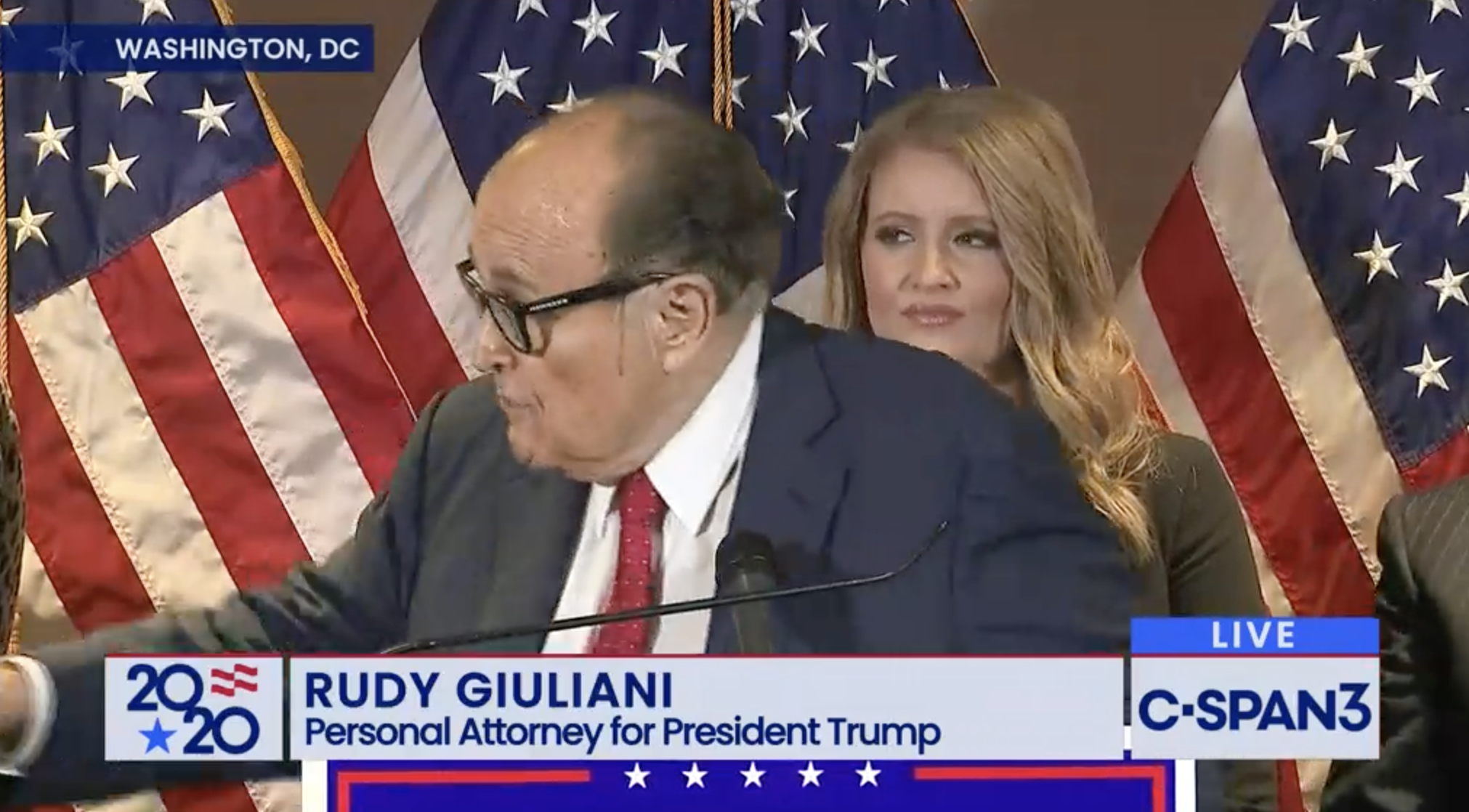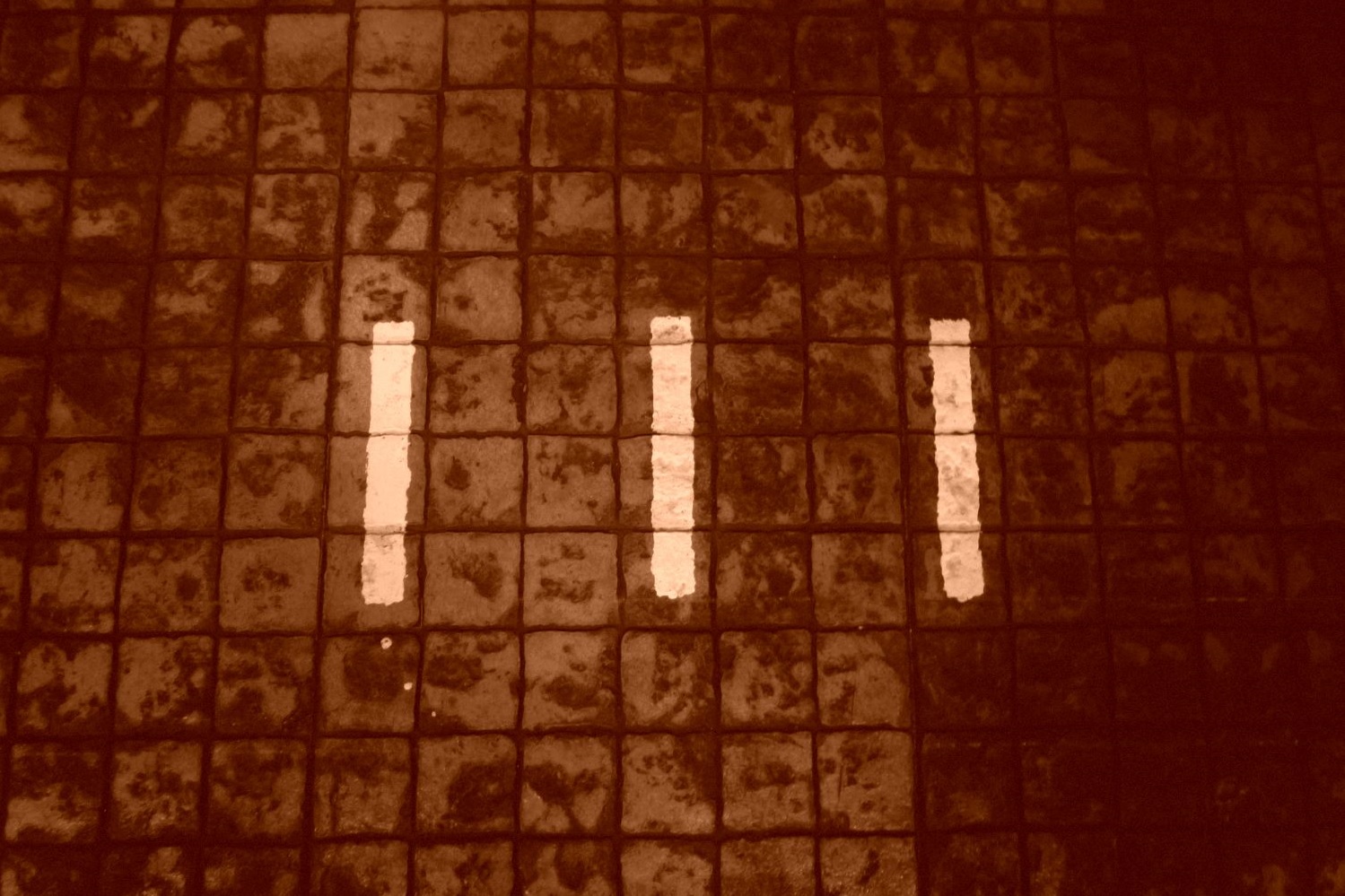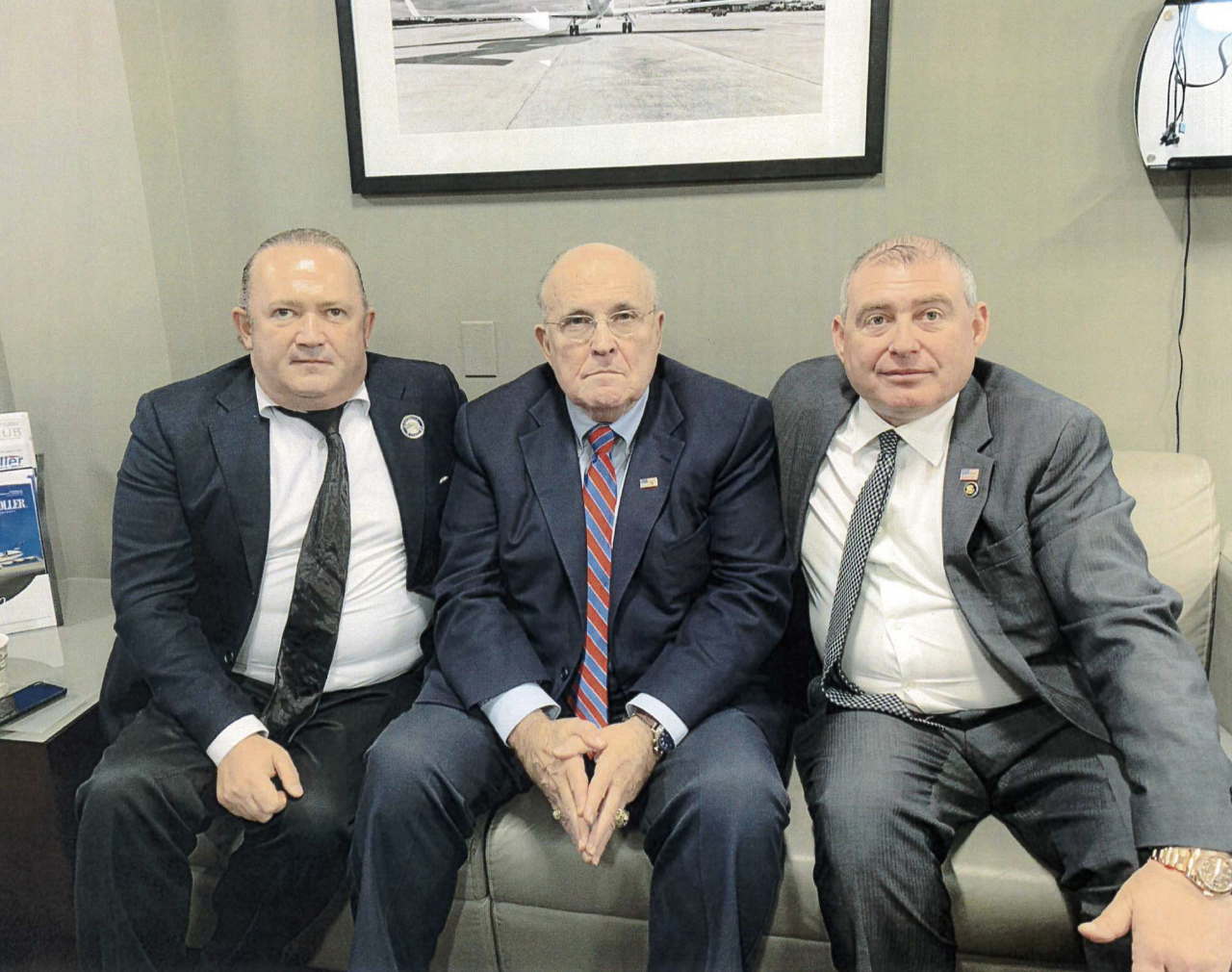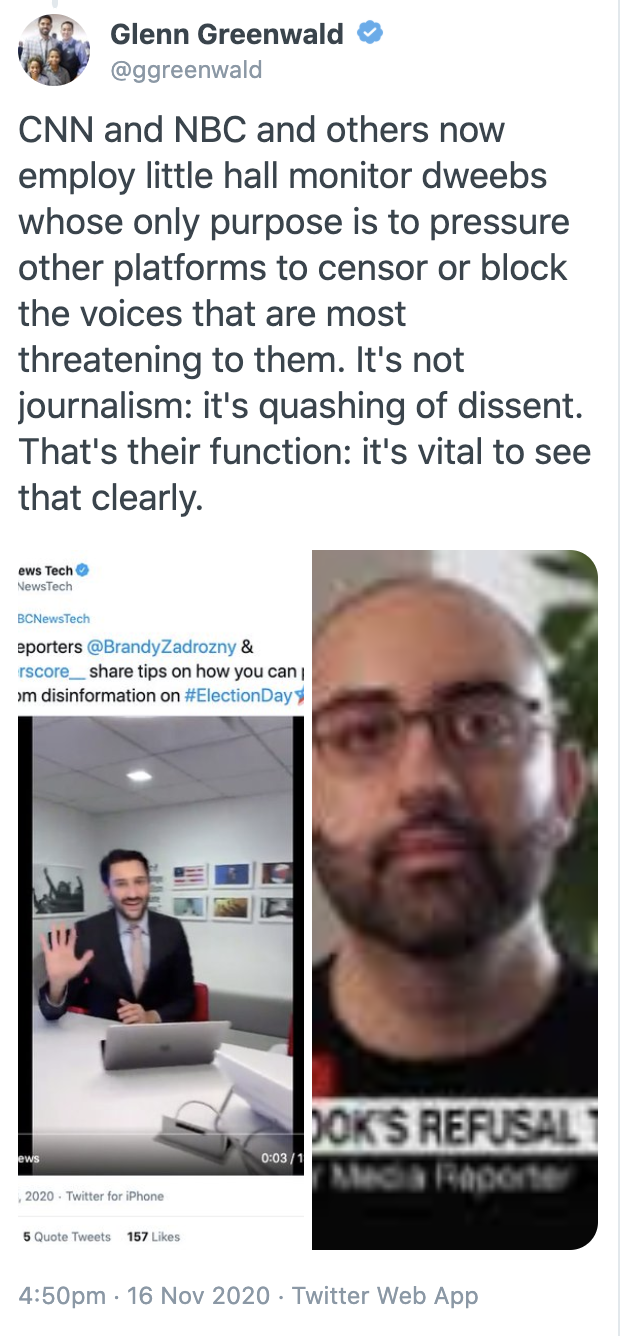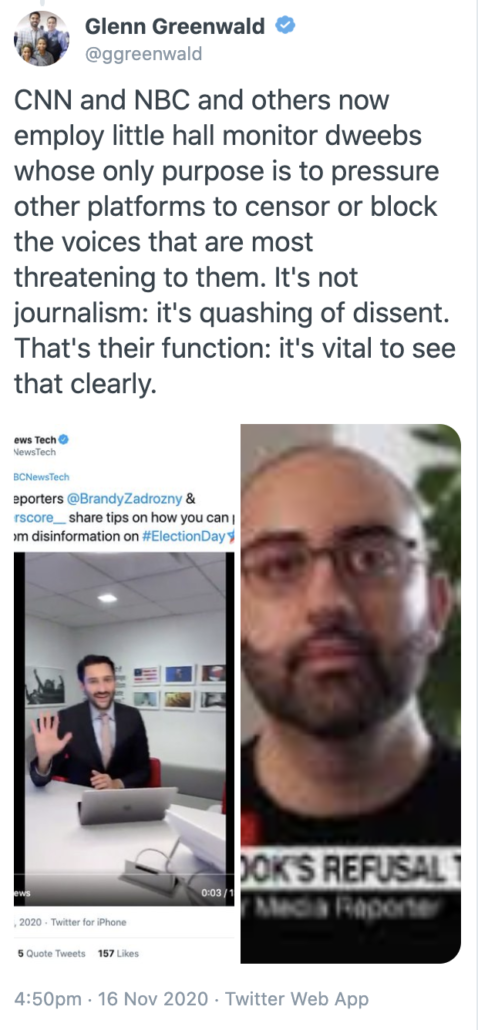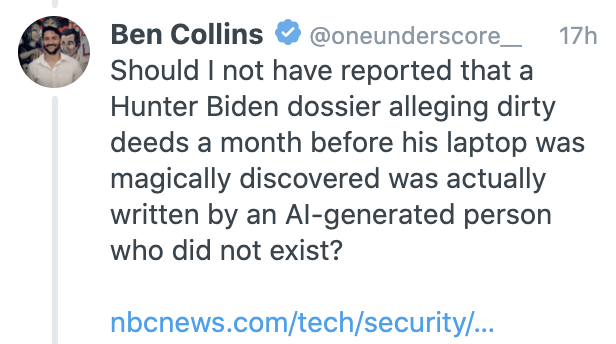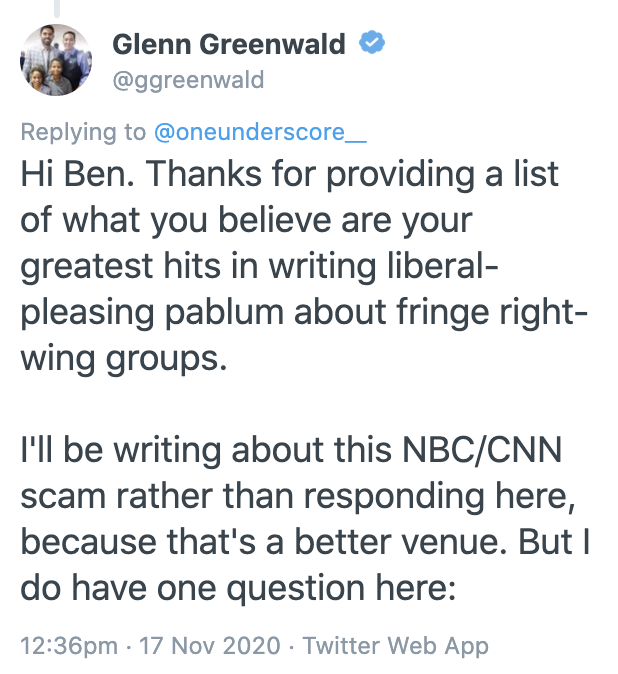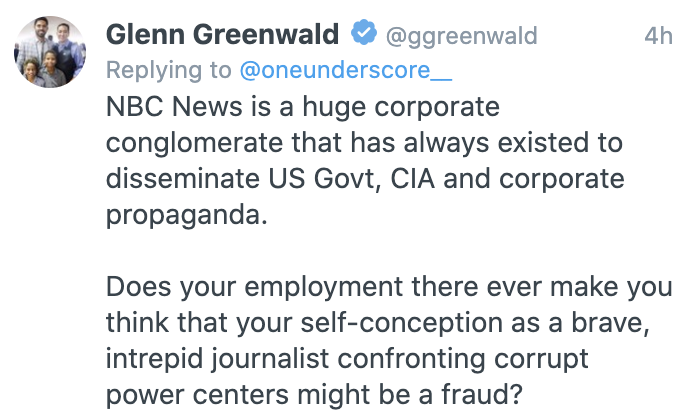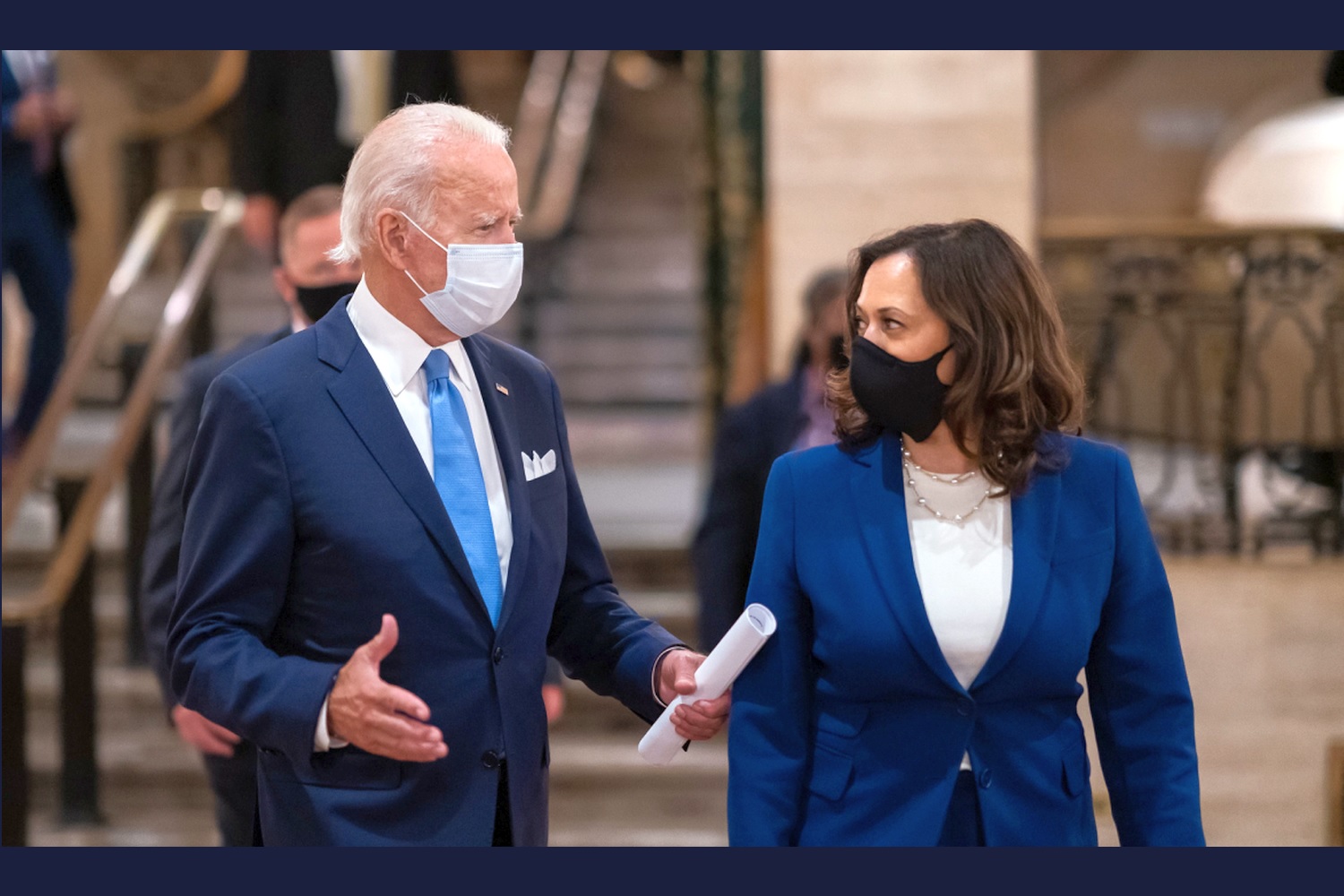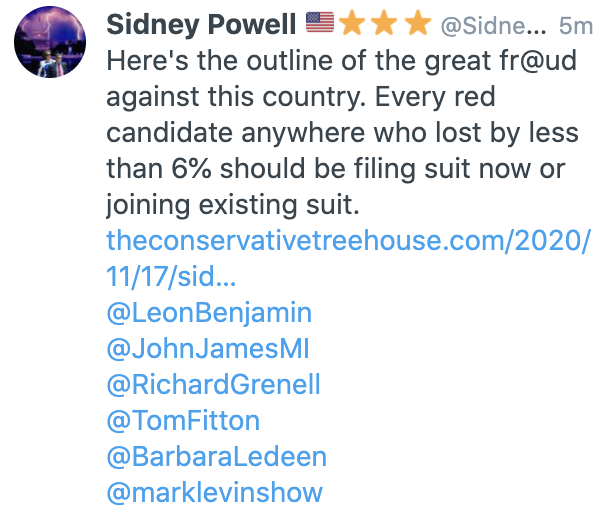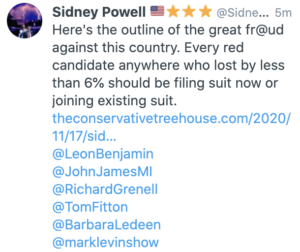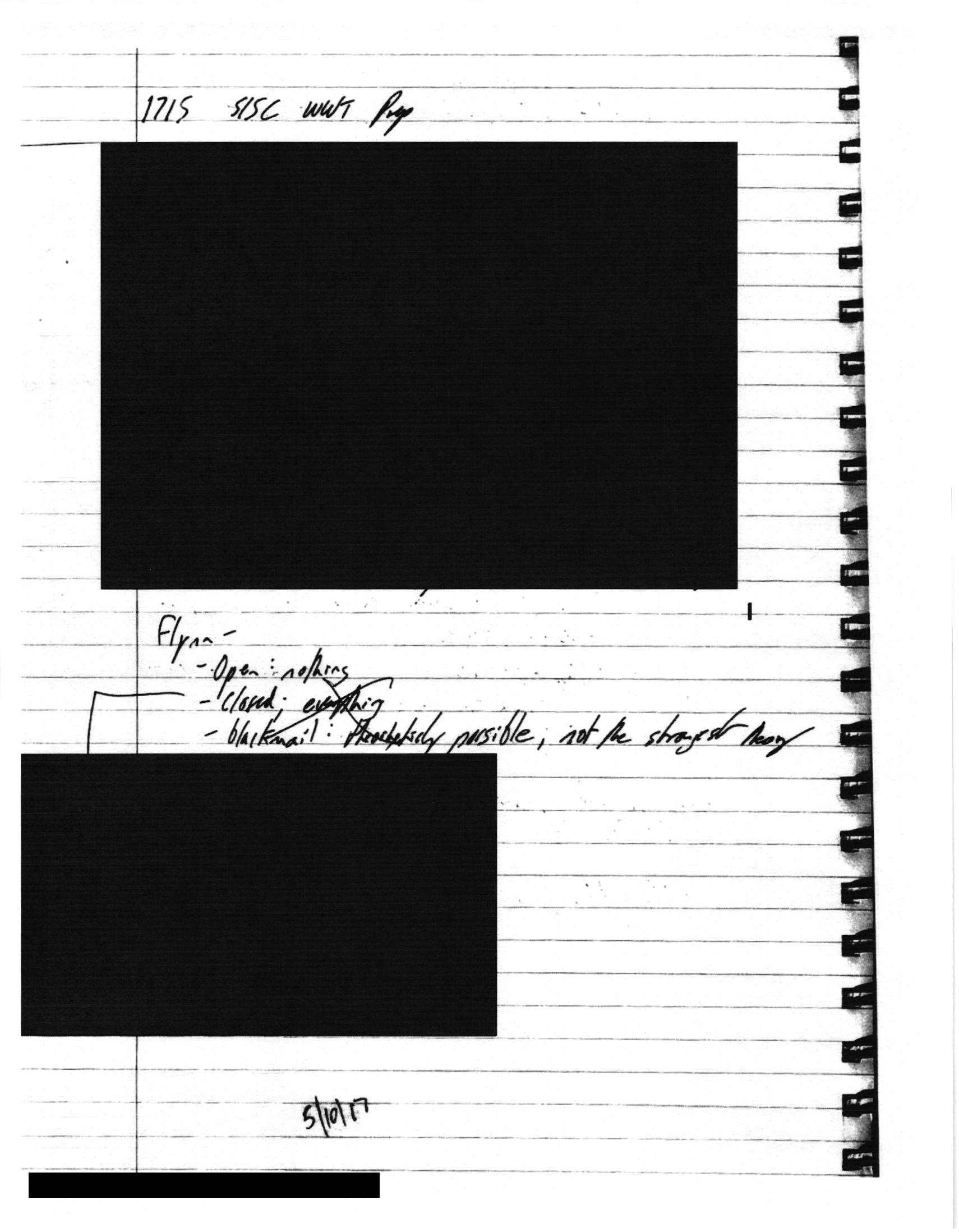We Need a New Common American Story
Back during the 24 hours surrounding election day, we had as big a spat as we’ve had on these pages, ever.
The night before the election, Quinn wrote a piece envisioning What Comes After America (Quinn has both the gift and the curse of writing necessary things at uncomfortable times and this piece, on the eve of an election in which large swaths of America came out in droves to support Trump’s white supremacy, almost giving him an Electoral College win again, is no exception). Quinn’s piece spoke explicitly about the Constitution (though to my mind didn’t focus enough on the specific aspects of it that pose such problems).
The flaw is our Constitution. As there is no politically possible path to rewriting the it, the Constitution can only fall further into entropy and catastrophe.
The longer this goes on, the worse the end will be. This is why it’s the duty of people who are in and of, or love, America the culture, Americans the people, the land it spans and the diversity it holds, to imagine what comes next and the easiest way to get there. We’ve been running what was essentially the broken beta of the first representative democracy for almost 250 years, and it was built to not be upgradable. It doesn’t work right, it never did, and it is awful. It was a compromise of rich and frightened men whose imaginations (understandably) didn’t reach far beyond the 18th century.
Even while talking about the flaws of the Constitution, Quinn nevertheless endorsed the idea of America as a culture.
The successes of America, and there have been many, came not because of our form of governance but despite it. The culture – for good and ill – isn’t the constitution or the legal regime or the nation-state as recognized by other nation-states. It’s the people. It’s what we choose, believe, and imagine.
Rayne responded by insisting We’re So Not Through Here, paying tribute to the tireless fight of America’s people of color.
Take a hard look at what the Black Americans of this country have been doing since voting began last month as a commitment to form a more perfect Union. Ask them if the Union is done.
Take a hard look at what Native Americans have had to do — forced to change their lifestyle, assigning addresses to places which to them are simply Home — in order to vote, otherwise invalidated and erased if they don’t. Ask them, too, if the Union is done.
And take note of the naturalized immigrants who are worried they and their kin will be harassed by ICE and potentially incarcerated or deported while trying to vote simply because they aren’t white and have come to this country too recently. Ask them if the Union to which they emigrated, many as refugees, is done.
My Chinese family members weren’t permitted to emigrate here or own land until 1943, when it suddenly became convenient to have China side with the U.S. against Japan. I tell you this Union is not done, from the house I own under a hyphenated Chinese name.
Rayne ended by pointing to both activism and voting as a way to salvage our union.
[T]his union is by no means done and over. It’s there in the lines we have seen in the streets for weeks, snaking out the doors of polling places across this country. It’s in the cars lined up in a drive-through campaign rally, queued hopefully, trustingly in a drive-through foodbank.
It was there in the streets after George Floyd was murdered.
From goose quill pen’s first ink on parchment 244 years ago, this union has always been aspirational, a nation in a state of becoming, a people who must occasionally check themselves and listen to their better angels.
From the speech before a battlefield of nearly 50,000 American dead 157 years ago, we re-consecrated ourselves,
that these dead shall not have died in vain—that this nation, under God, shall have a new birth of freedom—and that government of the people, by the people, for the people, shall not perish from the earth.
The union is not over. The dream still lives, its work goes on; we will not yield.
It’s simply time once again to rededicate ourselves to forming a more perfect union.
We can begin this day of all days by exercising and protecting our right to vote.
Since Rayne wrote that, of course, Biden accrued 6 million more votes than Trump, but with only the same Electoral College outcome that Trump got in losing the popular vote in 2016.
And Trump — abetted by a goodly chunk of his party — has implemented a slow-motion coup in an attempt to hold onto power by thwarting the will of the electorate. A key part of this effort, unsurprisingly, has been exploiting a growing Republican certainty that the votes of Californians like Quinn and Michigan voters of color like Rayne are not legitimate votes, and therefore can just be discounted with impunity. The effort will probably fail, this time. But not before Trump and Republicans do untold damage to America and Americans
Perhaps what I am about to say will be discounted as an effort to protect the site, but I think both Quinn and Rayne had important and not inconsistent things to say. Importantly, both focus on the idea of America, pointing to its culture and diversity as something that needs salvaging. Both point to things that need to happen — committed activism and legal changes — for this country to survive.
Which is why I want to talk about something that we can try to do, and very much need to do, for that to work.
We need a new story about America.
Back in 2016 and 2017, I repeatedly argued that the fracture of the myth of American Exceptionalism made Trump possible. For example, in May 2016, I argued that both Dick Cheney’s anti-racist imperialism and Pat Buchanan’s nativism bespoke a crisis in the myth of American Exceptionalism that made Trump possible.
Trump’s lies, Buchanan suggests, permit these white men to believe their myth again, the myth of white American exceptionalism.
Here’s the thing. A lot of people are linking Buchanan’s post are pointing just to those far right nutjobs whose enthusiasm has fueled Trump’s rise this year.
But — as the example of Dick Cheney perpetuating the very same myths, even while criticizing Trump’s overt racism — that underlying myth extends well beyond the far right nutjobs, well into mainstream Republican and even Democratic ideology.
America has a Donald Trump problem — one that its diversity will probably defeat, at least in the short term. But underlying that Donald Trump problem is a desperate insistence on clinging to the myth of American exceptionalism, with its more offensive parts even embraced in the mainstream. For the sake of the white men who’ve relied on those myths for their sense of dignity, but also to prevent future Trumps, it is time to start replacing that exceptionalist myth with something else.
Even in April 2016, I thought a malaise created by the failures of American Exceptionalism was the recipe for a Trump disaster.
My real point, however, is that the Trump effect is secondary. It is absolutely true that American workers and middle class, generally, have been losing ground. And it absolutely true that whites may perceive themselves to be losing more ground as people of color equalize outcomes, however little that is really going on. It is, further, absolutely true that large swaths of flyover country whites are killing themselves, often through addiction, at increasing rates, which seems to reflect a deep malaise.
But I also think the effect of the Trump side of the equation — the thing that’s driving rabid adherence to an orange boob promising a big wall and domestic investment as well as promising to treat other countries with utter disdain — is secondary malaise, the loss of the self-belief that America actually is exceptional.
(White) America needs to stop believing its superior[ity] stems from the ability to lord over much of the rest of the world and start investing in actually living with the rest of the world.
For years, American Exceptionalism got many but not all Americans to buy into a common story, and that common story served to keep the country running. That story has, for better and worse, largely failed, at least in its original incarnation.
We’ve been overdue for this reckoning for a very very long time.
Think of this blessing and curse: America was founded — with that very imperfect Constitution Quinn focused on — before the flourishing of nationalism, without a history of a sovereign out of whose dead body we could carve a founding story. All we had is that document and some fanciful notions about reason and Enlightenment.
Nevertheless, out of that document and a whole bunch of myth-making, we created a story that has worked to get Americans to believe in common cause for two and a half centuries. The process of that myth-making is critically important: It involved a belief in a virgin land that disappeared native people. It involved a belief in self-determination that disappeared the slaves. It came to include a notion of Manifest Destiny that excused our own imperialism.
Why that process worked is critically important too: All those disappeared people — Native Americans, Blacks and Latinos, immigrants, women — never held enough sway, collectively, to unpack the lies that our collective imagination relied on. That was why Barack Hussein Obama, seemingly the embodiment of American Exceptionalism, posed such a threat to it. And having failed to radically alter the means of power that exploited that founding myth, Obama left the ground ripe for a resurgence of white supremacy, the reality that long masqueraded as exceptionalism though its process of disappearance.
Today, in significant part as a result of four years of Trump, any premise of a common cause, of a shared American story, is utterly shattered.
Huge numbers of Republicans either believe or claim to believe that the only way to save the nation is to ensure, at all costs, that Democrats are not permitted to effectively govern. Those Republicans are willing to do real damage to this country — they’re willing to see a quarter of a million Americans die, many deaths of which were preventable, they’re willing to discount the votes of their neighbors and co-workers based on the most outrageous legal hoaxes — rather than joining together with their Democratic neighbors for a common good.
In days ahead, if we are to save the idea of America and prevent it from becoming an authoritarian behemoth, we need to find a new common story.
I’m not sure what that story is, but from one thing I take solace in the Trump presidency. He was competitive in 2020 in part because he integrated the lesson of 2018, that misinformation about immigrant caravans affirmatively turned off key voters. He still is an unashamed white supremacist; just the other day he appointed white supremacists to a Holocaust commission. But he didn’t run against immigrants in 2020, and it worked to attract surprising numbers of non-whites to embrace Trump’s story of victimization. Meanwhile, Trump’s relentless attacks on immigrants from the first days of his term actually reversed polling on views towards legal immigration in this country. Trump attacked one way that this country really is exceptional, the degree to which immigrants have thrived and often lead, and caused a fairly widespread backlash.
That’s certainly not enough to find common cause and common story again. But it is one yarn we can start knitting.
Trump has done one more thing to create this opportunity, if we take it. By embracing other pariahs on the world stage, Trump has irrevocably ended our claim to be exceptional. President Joe Biden, if and when he takes power, will be forced to adopt a humble new face for America. Remarkably, that may present a useful opportunity for us to rethink America’s role in the world, one where we’ll have to earn any claim to lead, much less to lead from some vision of exceptionalism.

